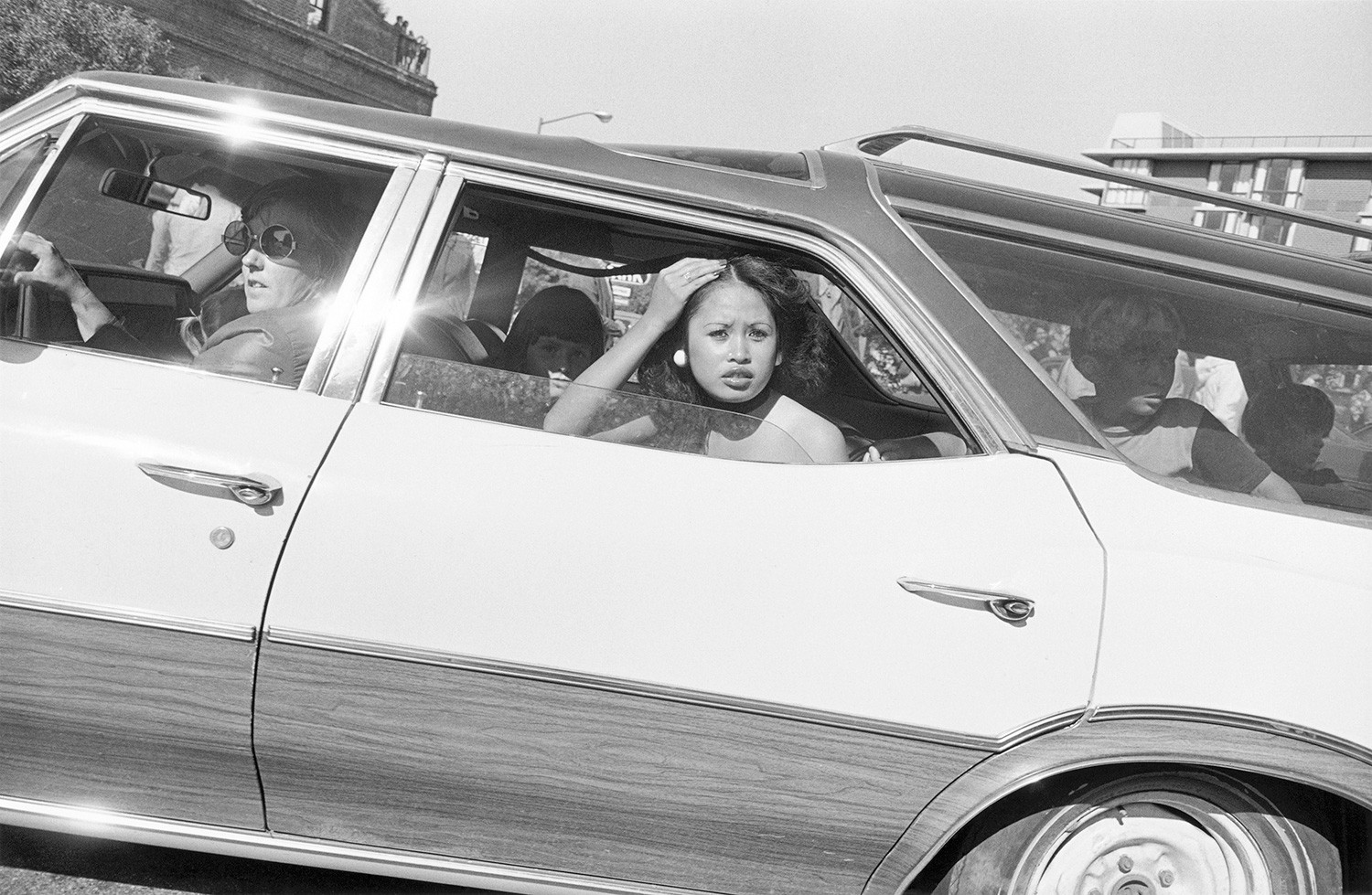Henry Wessel
A Dark Thread

“A Dark Thread” is the first major exhibition in France devoted to Henry Wessel, a key member of the generation associated with the landmark exhibition “New Topographics: Photographs of a Man-Altered Landscape” (1975).
The exhibition
Floor +2
A celebrated photographer for five decades, Henry Wessel was never tired of returning to his archive of contact sheets, revisiting his work, and giving new perspectives to photographs taken decades apart. For Wessel, an avid fan of film noir and detective fiction, the real or imagined visual associations that he saw in his work suggested endless starting points for potential narratives.
The MEP exhibition presents three major series by Wessel. The first, “Incidents”, comprises 27 photographs in a precise order, like a sequence of pictures or a storyboard, using his process of free association. The second, entitled “Sunset Park”, is a selection of 50 images taken at night that usher the viewer into the mysterious atmosphere of Henry Wessel’s world of the Californian night. And finally, in the months before his death Henry Wessel began to put together 50 photographs for the third series in the show: “A Dark Thread”, which is being presented for the first time.
In recent years Henry Wessel made this practice his own creating a unique, mysterious vision of the places he lived in and visited, a ‘dark thread’ connecting his photographs to one another that is the focus of the MEP exhibition. It is also an opportunity to reevaluate an artist who, having been included in the major 1975 show “New Topographics: Photographs of a Man-Altered Landscape”.
Wessel also “challenged” writers to imagine short stories based on one of his strangely suggestive images of everyday life. The three stories are presented for the first time as part of the exhibition and published in a new book produced as a collaboration between Michael Mack and the Artworkers Retirement Society.
Floor +2
The artist
Henry Wessel was born in New Jersey in 1942. He first studied psychology, but was drawn to photography in 1966 when he saw the catalogue for the exhibition “The Photographer’s Eye” at the MoMA in New York. When he visited Los Angeles in 1969, he was immediately struck by the physical presence of the particularly intense light of California. He decided to move to the Bay Area of San Francisco in 1971 as soon as he received his first Guggenheim scholarship, and would continue to work there until his death in September 2018.
Partners & patrons
Media partners
![]()
![]()
![]()
![]()